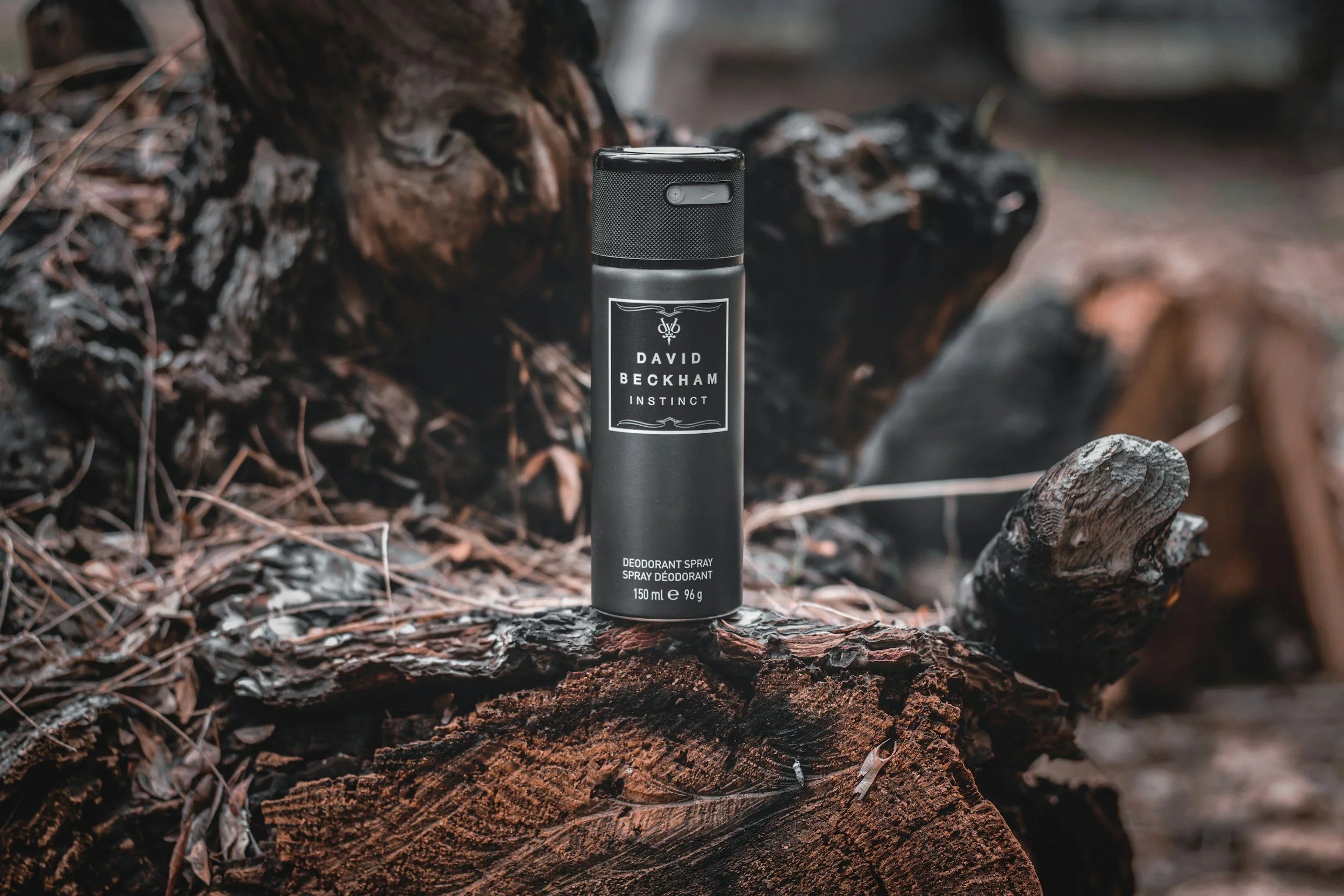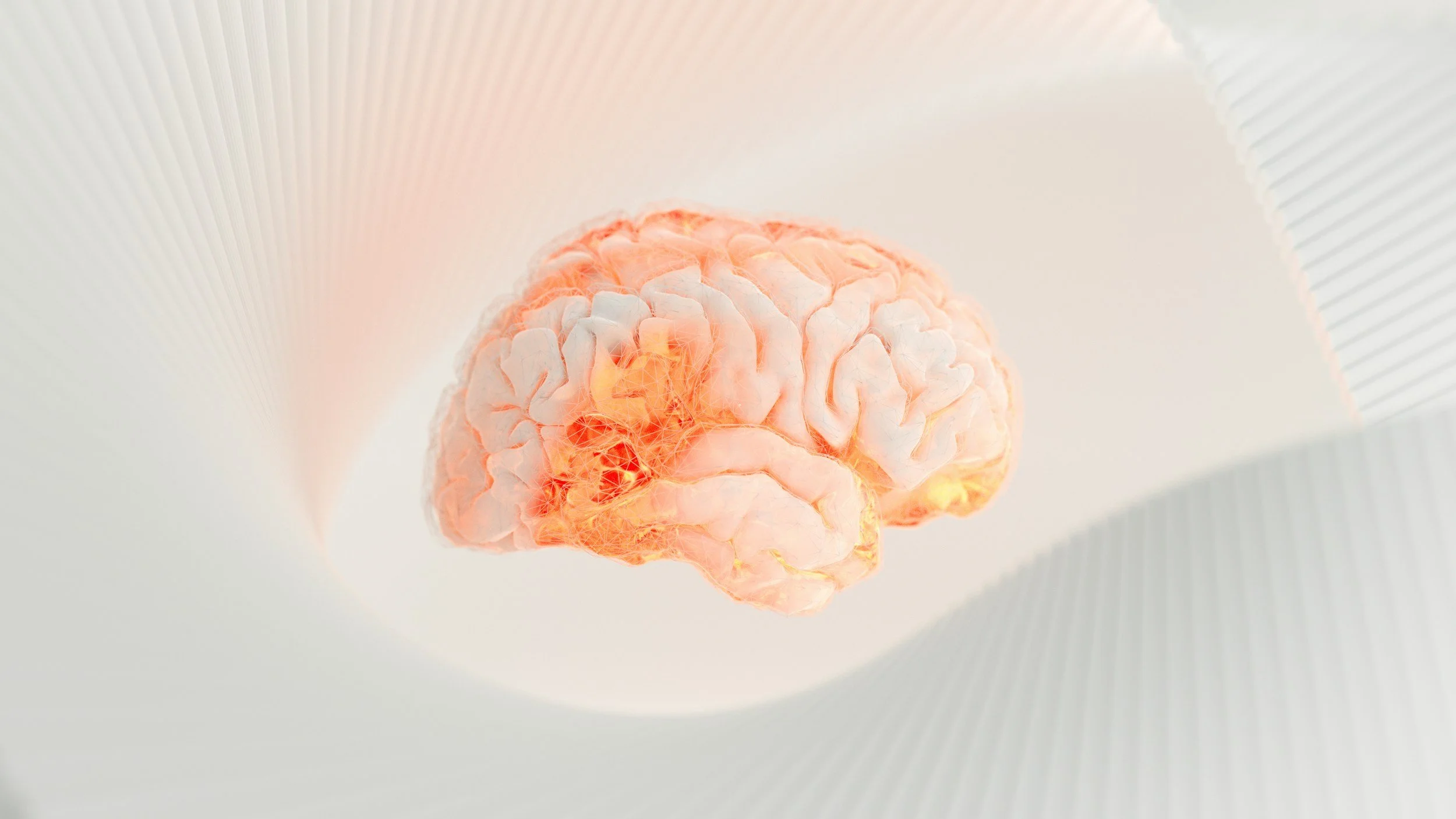Welcome to the WTSA Newsroom — a global hub for sensory science, wellness, advocacy, cross-modal creativity, and the future of perception.
Our mission is to advance well-being and sensory awareness through interdisciplinary storytelling, research, advocacy, and innovation. We believe that taste and smell are not just biological senses — they are portals to memory, identity, healing, and connection.
We invite submissions from scientists, clinicians, chefs, perfumers, flavorists, technologists, artists, farmers, philosophers, and storytellers who explore the world through the senses.

The Phantom Stench: When the Nose Knows Too Much
Most of us do a quick sniff test or ask a partner for reassurance. But what happens when you’re certain you smell bad—even when no one else can detect it?
Avery Gilbert dives into the fascinating (and often heartbreaking) world of Olfactory Reference Syndrome (ORS)—a little-known but increasingly studied disorder where sufferers are convinced they emit foul odors, despite no physical cause.

Retronasal Odors and the Brain: A Shared Neural Code for Flavor
A new study published in Nature Communications demonstrates that retronasal odors alone — without concurrent taste stimulation — can activate flavor-specific neural coding in the human insula, the brain region that integrates sensory, emotional, and cognitive information. This finding shows that aromas can be processed as “flavors” before reaching the frontal cortex, underscoring the central role of retronasal olfaction in how we perceive taste.

Beyond the Scroll
From the invention of movable type to the endless cascade of TikToks and Reels, our senses have been battered by abundance. More channels. More inputs. More noise. Each new medium promised enrichment, but each also demanded something in return: our focus.

Taste, Smell, and the Future of Brain Health
September is World Taste & Smell Month, a time to celebrate the senses that shape how we enjoy food, connect with others, and make sense of the world around us. But taste and smell are more than just pleasures — they are vital to our health, safety, and even early warning signs of what’s happening inside our brains.




